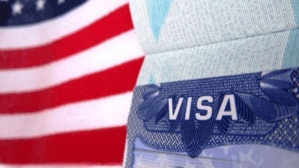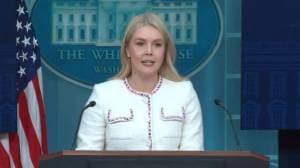As global tax frameworks grow increasingly complex, multinational enterprises are under constant pressure to strike a balance between regulatory compliance and effective tax planning. With governments enforcing stricter controls on cross-border transactions and transfer pricing, traditional tax management methods are being pushed to their limits.
In recent research exploring the evolving landscape of international taxation, Pallav Kumar Kaulwar, an industry expert highlights the potential role of artificial intelligence (AI) and blockchain technology in addressing some of the most pressing challenges in global tax compliance.
Kaulwar argues that manual, error-prone processes are becoming increasingly inadequate in today’s digitised business environment. With mounting scrutiny from regulators, organisations face not just financial penalties for non-compliance but also the risk of reputational damage.
“The current environment calls for more agile and transparent systems, tax compliance today is about real-time accuracy, predictive risk mitigation, and traceability — and that’s where technology comes into play,” Kaulwar said.
The Role of AI and Blockchain
AI, particularly when applied through predictive analytics and machine learning, is being used to improve tax planning and compliance monitoring. It enables faster analysis of vast data sets, helping businesses detect potential risks in advance and respond proactively.
Experts believe that blockchain, on the other hand, brings a level of transparency and security to financial transactions that traditional systems struggle to match. With its tamper-evident ledger system, blockchain allows for more reliable audit trails, streamlining reporting and reducing the likelihood of fraud.
“AI and blockchain together offer a robust compliance framework — one that’s both proactive and verifiable. It’s no longer just about automation; it’s about building smarter, more accountable systems,” he said.
Transfer Pricing and Cross-Border Transactions
Transfer pricing continues to be one of the most complex aspects of international taxation. Determining appropriate pricing for transactions between related entities in different tax jurisdictions has long been a challenge for multinational corporations.
Recent research suggests that AI can play a pivotal role in identifying arm’s length pricing more accurately by analyzing market data and comparable transactions more efficiently. This not only enhances compliance but also reduces the risk of audit-related adjustments.
Shifting Toward Greater Transparency
Transparency is increasingly seen as a critical element of global tax governance. With authorities around the world demanding more granular reporting, blockchain’s immutable recordkeeping offers a promising solution.
Experts believe that by providing clear, verifiable transaction histories, blockchain can help build trust between corporations and regulators — a necessary foundation in an era of heightened scrutiny and regulatory enforcement.
Implementation Challenges and Organizational Shifts
While the potential benefits of AI and blockchain are widely recognised, their implementation is not without hurdles. Integrating these technologies into traditional corporate structures often requires significant investment, organizational change, and cross-functional training.
“Technology adoption in tax isn’t just an IT project — it’s a strategic shift, it demands coordination across departments and often requires businesses to revisit their internal controls and reporting mechanisms,” Kaulwar explained.
A Glimpse Into the Future
Looking ahead, experts foresee broader adoption of AI and blockchain in corporate tax operations over the next decade. As digital infrastructure improves and regulatory expectations evolve, these technologies may well become standard tools in global compliance systems.
For multinational enterprises, the message is clear: adapting to digital tax technologies is not just a competitive advantage — it’s fast becoming a necessity.










